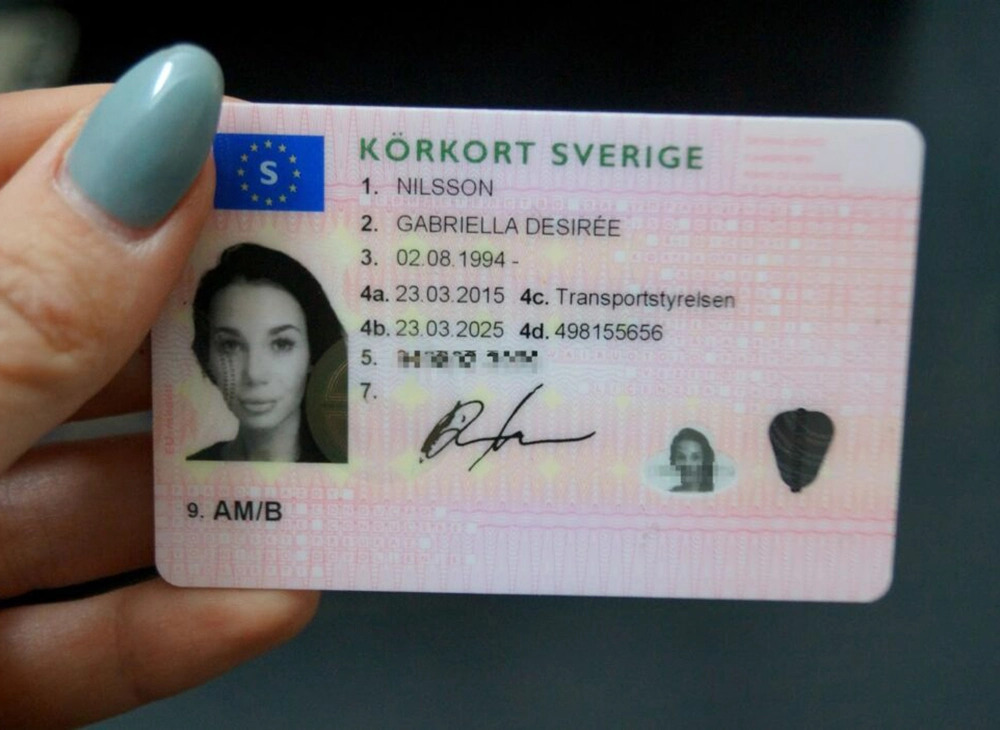Getting köpa c körkort Without Hassle: A Step-by-Step Guide
Getting a driver's license is a rite of passage for many individuals, typically symbolizing independence and flexibility. However, the process of getting a license can sometimes be fraught with challenges and frustrations. Despite the complexities, there are reliable techniques you can adopt to ensure that you get your driver's license without unneeded hassle. Here's a comprehensive guide that walks you through the procedure flawlessly.
1. Know the Requirements
Before heading to the Department of Motor Vehicles (DMV) or any appropriate authority, familiarize yourself with the requirements for obtaining a driver's license in your state or area. This normally consists of:
Age Restrictions: Most states require you to be at least 16 years old for a learner's permit and 18 for a complete license.
Recognition: You'll require appropriate identification, which might include a birth certificate, social security card, or passport.
Residency Proof: Documents like energy expenses or rental arrangements that showcase your current address are often required.
Knowledge Test: Preparing for a written test on the rules of the roadway is vital.
Checking these prerequisites can save you time and disappointment later.
2. Gather Your Documents
Once you understand what you require, put together all essential files well ahead of your consultation. Develop a list and make sure that you have everything, including:
Identification: Keep a government-issued ID handy.
Evidence of Residency: This can consist of bank statements or lease arrangements.
Social Security Number: Bring your social security card or document that contains your SSN.
Application: Depending on your state, you might be able to fill this out online previous to your check out, minimizing time spent at the DMV.
By being well-prepared, you reduce the possibilities of being turned away for missing out on files.
3. Schedule an Appointment
Many DMV areas use the option to book consultations online. Setting up a consultation not just enables more efficient processing but also helps you prevent long wait times. If online visits are not available, think about going to throughout off-peak hours, such as mid-morning or mid-afternoon on weekdays, to reduce wait times.
4. Take a Driver's Education Course
Lots of states motivate or require new chauffeurs to finish a driver's education course. These courses offer vital knowledge about road security, traffic laws, and driving methods. Additionally, completing a driver's education program may offer benefits such as:
Lower insurance rates: Many insurance provider offer discount rates for graduates.
Structured testing: Some locations allow those who have completed the course to bypass specific tests.
Talk to your regional DMV about the specific benefits in your location.
5. Practice, Practice, Practice
Accumulate the required number of practice driving hours, as mandated by your state's guidelines. Many states need new motorists to complete 20-50 hours of monitored driving time. Think about asking an experienced, patient driver to assist you practice defensive driving skills, parking, and navigating complex traffic conditions. The more comfy you are behind the wheel, the more positive you'll be on the day of your test.

6. Get ready for Your Driving Test
Before you take the driving test, get acquainted with:
Test paths: Many DMVs have typical routes that they utilize for testing. Acquainting yourself with these can offer you a considerable benefit.
Car readiness: Ensure the vehicle you'll be driving is in great working condition, including lights, brakes, and turn signals.
Test requirements: Know the specific maneuvers you'll be tested on, such as parallel parking, three-point turns, and following traffic signals.
7. Stay Calm and Confident
On the day of your test, arrive early, and offer yourself time to breathe. Understand that anxiety is normal, but self-confidence can substantially improve your performance. Remember to:
Follow instructions: Listen thoroughly to the inspector's directions.
Stay composed: If you make a mistake, don't panic; continue driving as if nothing occurred.
Show defensive driving: Always follow traffic laws and demonstrate safe driving practices.
8. Understanding What Happens Next
When you pass your driving test, you'll normally receive a short-term license until your main card is sent by mail to you. Make sure to familiarize yourself with the legalities of driving as a new license holder, consisting of any restrictions that may apply (such as passenger limits or nighttime driving restrictions for new drivers).
Conclusion
Obtaining a driver's license does not need to be a tedious experience. By being well-prepared, notified, and composed, you can navigate the needed steps with ease. Remember, the objective is to ensure you're ready to take to the roads confidently and securely. So put in the time to prepare, and soon enough, you'll have your driver's license with no hassle!
